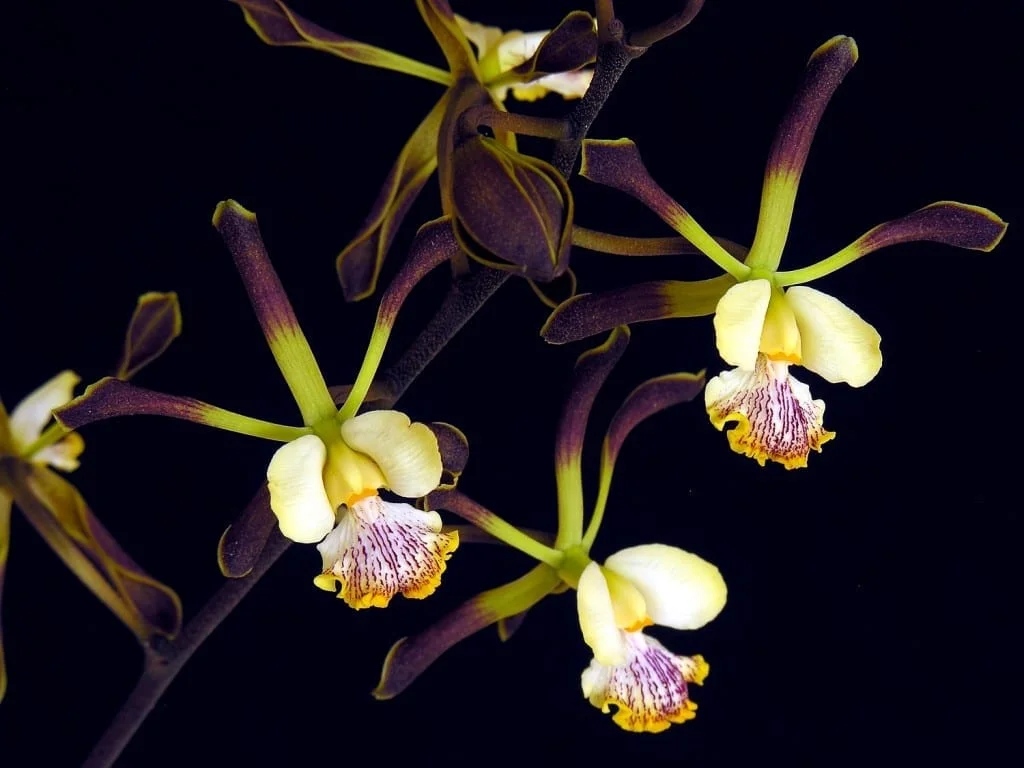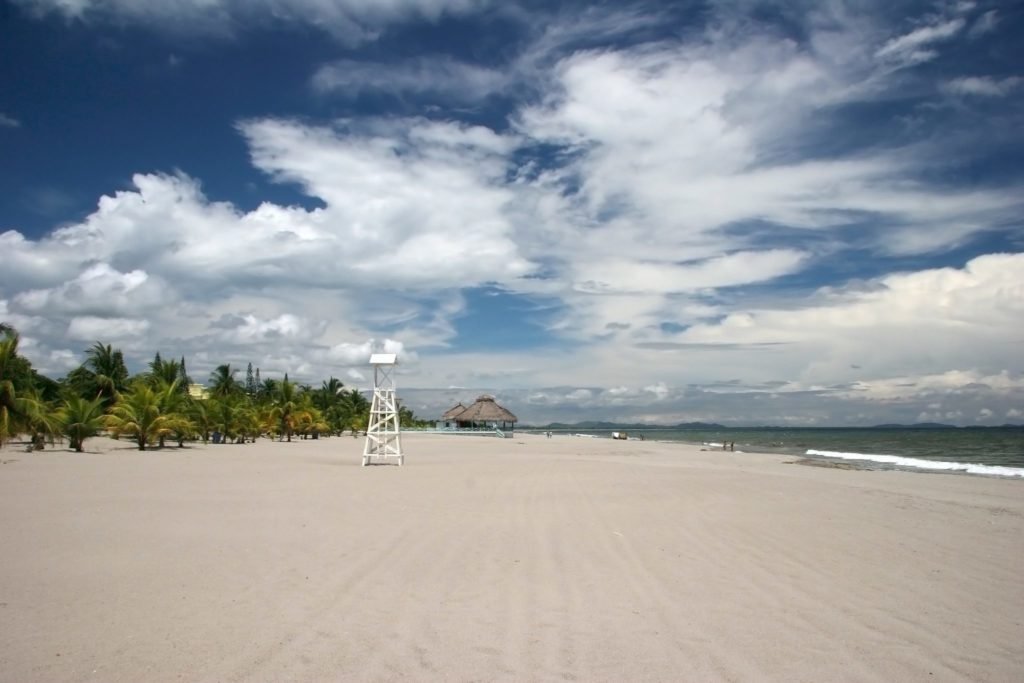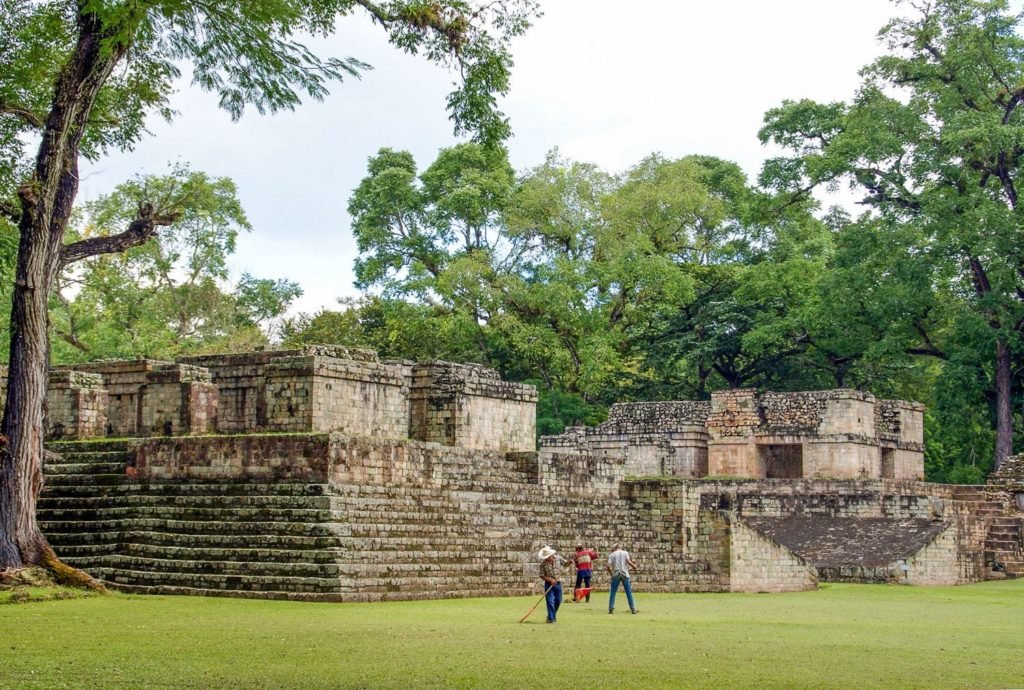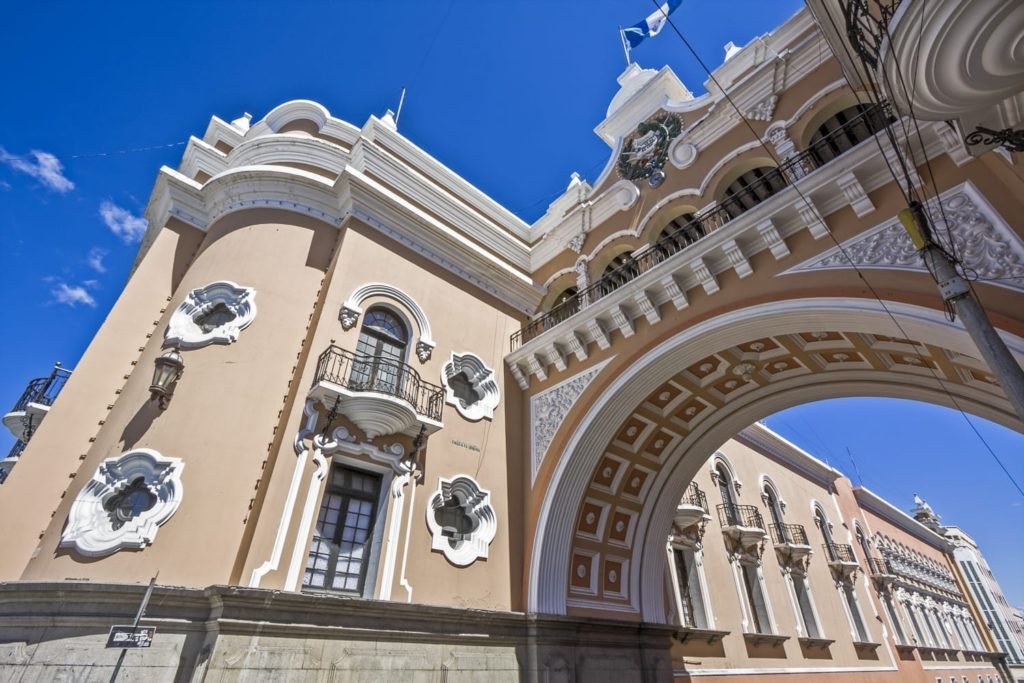Page Menu
Pico Bonito National Park
The mountainous Pico Bonito National Park protects 940-square miles of pristine rain and cloud-forest.
This habitat is home to jaguars, monkeys, toucans and kaleidoscopic poison dart frogs.
The park can only be accessed at two locations: El Pino and Rio Cangrejal.

Misty Lookout Points and Thundering Waterfalls
Trails here reward visitors with misty lookout points and spectacular views of thundering waterfalls.
In order to protect its resident species, much of the park’s remaining interior is off limits even to hikers.
The eastern edge of the park is delineated by the rolling Rio Cangrejal.
Birdwatchers flock to this region—the richest avian habitat in Honduras.
More than 425 species of birds have been identified here, including:
- Lovely Cotingas
- Collared Aracaris
- Blue-crowned Motmots
- 20 Varieties of Hummingbird
The Pico Bonito area is also home to two of the finest eco-lodges in Central America.
What to do in Pico Bonito
Along its 20-mile course to the Caribbean, this river presents excellent whitewater rafting and kayaking opportunities. Full and half-day trips are available, with sections of Class II and III (mild to moderate) or Class III and IV rapids (moderate to challenging).
Guests can explore a private cloud-forest reserve, butterfly gardens, a cacao orchard, and riverside trails to three waterfalls.
Zip-line canopy tours, mountain biking tours and horseback riding excursions are also available.

What is the Weather Like?
Pico Bonito offers lush, tropical weather: daytime highs tend to hover between 25-30 °C (77-86 °F) even in its lower elevations, while nights, especially at higher altitudes, dip to around 15-20 °C (59-68 °F).
The dry season, from November through April, is the best time to visit: skies are more stable, trails are less muddy, and humidity is milder.
The wet season, August through January (peaking late in the year), brings heavy rains, higher humidity, and more challenging river conditions—while still offering rich wildlife and vibrant green forests.
Getting There
Pico Bonito lies approximately 12 miles southwest of La Ceiba.
Golosón International Airport, located just west of La Ceiba, links this region to Roatan (15 minutes) and San Pedro Sula (45 minutes).
Start your journey today
LANDED delivers the finest in custom, private travel to Central America, South America, and Antarctica. These regions are our passion; we know them first-hand and by heart. Speak with one of our travel designers and let us create a tailored itinerary for you in Pico Bonito.
How to combine Pico Bonito
Have some extra time? Here are some options for you to combine with.





